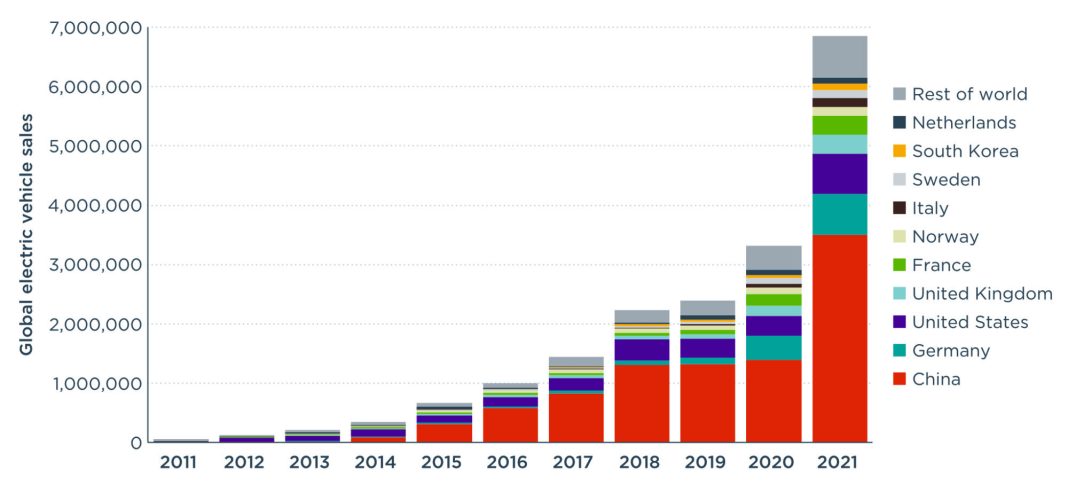 Title: Supreme Court Ruling Upholds Access to Abortion Pill Mifepristone
Title: Supreme Court Ruling Upholds Access to Abortion Pill Mifepristone
Introduction:
In a significant setback for the anti-abortion movement, the Supreme Court has rejected a lawsuit challenging the FDA’s regulations on the abortion pill mifepristone. The ruling allows for the continued mailing of the pills to patients without requiring an in-person doctor’s visit. This marks the first major Supreme Court case on reproductive rights since the overturning of Roe v. Wade in 2022.
Unanimous Ruling Supports FDA’s Approach:
Justice Brett Kavanaugh, writing the opinion for a unanimous court, stated that the doctors and anti-abortion groups lacked standing to sue. He emphasized that citizens and doctors cannot sue solely based on others being allowed to engage in certain activities. While recognizing concerns and objections to mifepristone usage, Kavanaugh noted that plaintiffs must demonstrate how they would be personally injured by the alleged under-regulation of others.
Potential Impact on Future Challenges:
This ruling’s significance lies in its potential to discourage future challenges to mifepristone regulations. Kavanaugh’s opinion emphasized that those with objections should take their concerns to the Executive and Legislative Branches and seek regulatory or legislative restrictions. Legal experts suggest that this reasoning makes it harder for future plaintiffs to show harm caused by FDA actions, diminishing the likelihood of successful challenges.
Origin and Challenges to Mifepristone Regulations:
The lawsuit against FDA regulations on mifepristone originated in Texas and sought to remove the drug from the market entirely. This effort occurred alongside conservative state laws restricting abortion access. Medication abortions, which mifepristone facilitates, account for nearly two-thirds of all abortions in the US. However, mainstream medical organizations have refuted claims that mifepristone is unsafe.
Legal Battle and Supreme Court Intervention:
A federal judge nominated by former President Donald Trump initially sided with anti-abortion groups in Texas. However, the 5th US Circuit Court of Appeals reversed parts of the ruling, upholding the drug’s approval but supporting expanded access, including mail dispensing. The Supreme Court intervened, maintaining the status quo until reviewing the case. The FDA’s decision during the COVID-19 pandemic to allow mail dispensing was formalized after the lawsuit’s filing.
Safety and Concerns Addressed:
The FDA, along with medical groups such as the American Medical Association, assured the Supreme Court that mifepristone is safe. The doctors opposing the regulations argued that treating patients experiencing complications from the drug, such as excessive bleeding, had a significant impact on their practices. However, justices expressed doubts about the doctors’ claims, as none had prescribed mifepristone or personally faced situations requiring post-medication abortion procedures.
Implications for Future Challenges and Abortion Jurisprudence:
Legal experts believe that while future challenges to mifepristone may still arise, today’s ruling makes them less likely to succeed. The decision comes amidst a presidential election heavily influenced by the Supreme Court’s abortion jurisprudence. The recent ruling in Dobbs v. Jackson Women’s Health Organization ended the constitutional right to abortion established in Roe v. Wade, leading to increased litigation and political debate.
Conclusion:
The Supreme Court’s unanimous ruling upholding FDA regulations on mifepristone preserves access to the abortion pill through mail dispensing. While anti-abortion groups faced setbacks in their attempts to challenge the drug’s availability, the ruling sets a precedent that could deter future challenges. This decision adds to the ongoing debate surrounding reproductive rights and highlights the significance of the Supreme Court’s role in shaping abortion jurisprudence.


